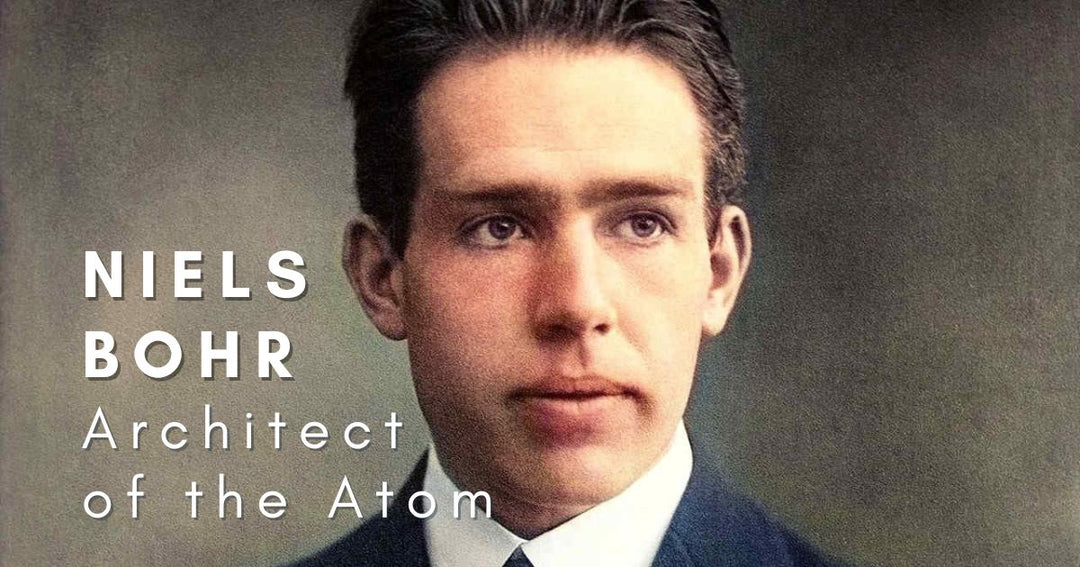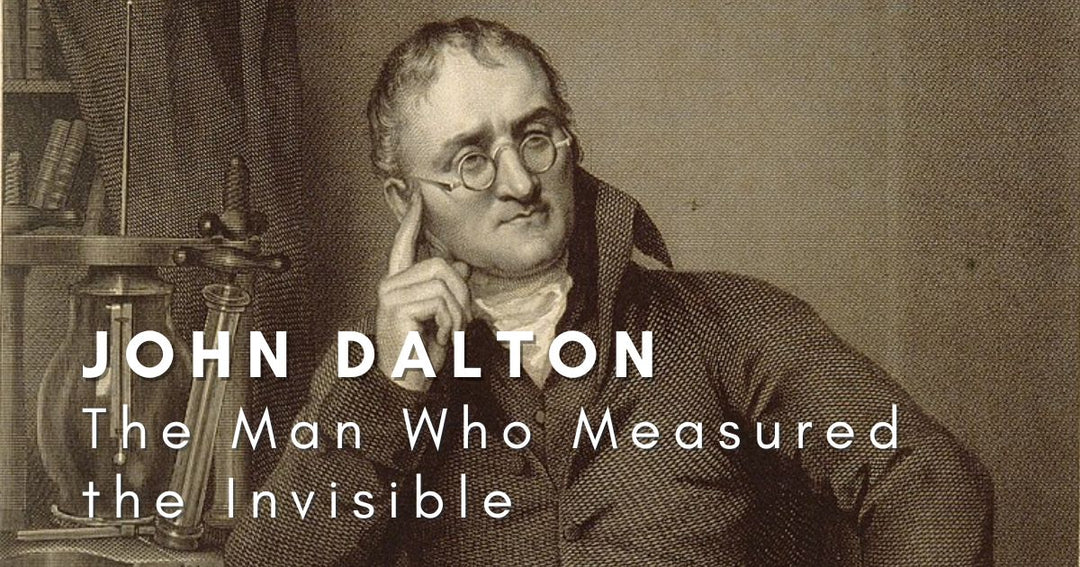Alan Turing: The Man Who Dreamed in Code
Alan Turing was born in 1912, in London. From a young age, his intelligence stood apart—eccentric, rigorous, and driven by questions few others were asking. He saw mathematics not as a subject, but a language with which to describe the universe.
But the world around him struggled to understand the language he spoke.

At King’s College, Cambridge, Turing immersed himself in mathematical logic. In 1936, at just 24, he published On Computable Numbers, a paper that introduced the concept of the Turing machine—a theoretical construct that could simulate the logic of any algorithm.
It was abstract. But it laid the groundwork for every modern computer.

In 1939, following the outbreak of war, Turing was dispatched to Bletchley Park, the British government’s codebreaking headquarters. His task: crack the Enigma, the German military's encryption system. It changed daily, with 150 quintillion possible settings. Human effort alone was futile.
So Turing built a machine to outthink it.

The result was the Bombe, an electromechanical device capable of processing vast combinations at speed, at its peak intercepting and translating 84,000 messages a month - two messages each minute, every day and night. It helped intercept enemy communications, shift the course of battles, and, by some estimates, shorten World War II by years. For his work Turing was made an Officer of the British Empire (OBE).

But while he was saving the nation, he was living in fear of it.
After the war, Turing turned his focus to digital computing. At the University of Manchester, he designed programs for the earliest stored-memory computers and published visionary work on machine intelligence. In 1950, he proposed the Imitation Game, later known as the Turing Test, asking: Can machines think?

The question defined the field of AI. His peers, however, were slower to grasp the implications.
In 1952, Turing was arrested for homosexuality, then illegal in Britain. He was convicted and chemically castrated. His government stripped him of his security clearance, severing his ties to the work he had helped pioneer.
His career ended not with failure, but with erasure.
Two years later, he was found dead from cyanide poisoning. The official inquest ruled suicide. He was 41. Some suggest it was intentional; others argue it was an accident. Either way, history had lost one of its greatest minds.
But history has a way of circling back.

In 2009, the British government issued an apology. In 2013, Queen Elizabeth II granted him a royal pardon. And in 2021, Alan Turing became the face of the Bank of England’s £50 note—a symbol of genius, justice delayed, and technological revolution.
And his test still waits to be passed.








Leave a comment